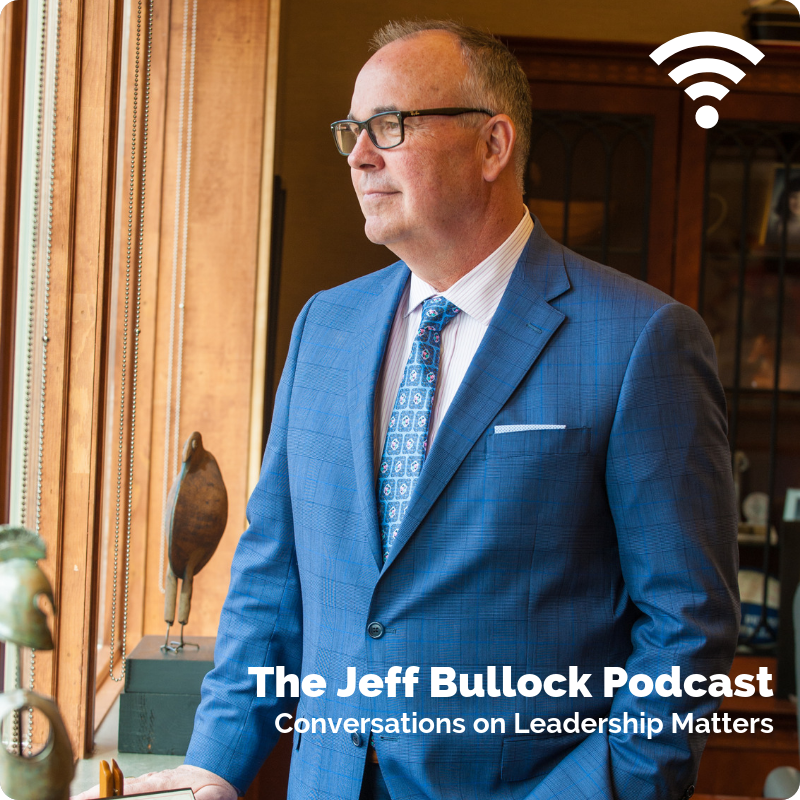Leading an organization is as much art as science; as much about culture as strategy. Many leaders excel in the science/strategy part of the equation. They keep tabs on their product lines and quarterly performance, and they become very good at strategic planning. Yet, the strongest leaders also understand that even the best products and plans will suffer if the organization’s culture; that is, the organization’s intricate mixture of mission, policies, informal practices, and people aren’t in alignment. Though they may not be able to stay on top of every detail, the best leaders seem to have an intuitive sense if and when their organization seems a little off. Ironically, one of the early indicators of that imbalance can be an organization’s record of achievement.
Winning is fun. Achieving is fun. Besting one’s competitors is fun. But past performance is not an indicator of future success. No matter how long the string of stellar performance may be, because organizations are made up of people—of culture—they are always susceptible to regression. And, often, that regression is not immediately noticeable in real time. One lesson I learned many years ago was that people—together—have an innate need to overcome adversity. The best organizations can all point to moments in their history when their livelihoods were threatened, or when a traumatic experience was shared. These moments bring people together—and they either make or break an organizational culture.
As an organization’s performance becomes more success than failure, it is incumbent upon leadership to keep placing challenges in front of that organization’s culture, specifically challenges that may be meaningful—but slightly unachievable. Nothing galvanizes a strong organizational culture better than a healthy chip on its shoulder; that is, uniting around a challenge that moves that organization beyond its comfort zone. Sometimes that challenge might be besting the recent quarter’s record-setting achievement and, other times, that challenge might be as existentially clear as out-lasting another competitor in a sustained economic downturn. In either extreme, there is something deep inside us as humans that is both encouraged and fed by achievement—together.
Over forty years ago, I spent my summer evenings coaching little league baseball. I had three primary rules:
- Everyone played
- No teammate could ever put down, disparage, or discourage another teammate
- Be humble—in winning and in losing.
As if it were yesterday, I remember the last out in the last game before the play-offs. A pop fly headed off the bat to our right fielder. Importantly, in little league baseball at the time, right field is where kids were placed that couldn’t catch a ball. Nobody ever hit a ball to right field—except on the last out of that last game!
As the ball traveled to right field, in slow motion, I was preparing my “that’s ok, we’ll get them next time talk.” And, suddenly, to my complete disbelief, Tommy held up his glove, in what I thought was an attempt to shield his eyes from the sun, and caught the ball! My kids went nuts. They jumped up and down, and ran out to pat their teammate on the back. As you might imagine, there were many affirmations, but the clearest one of them all came from the bleachers behind the backstop: “I knew you could do it, Tommy,” yelled the boy’s father.
Granted, a 500 member congregation, $100 million dollar educational institution, or a $1 billion dollar per year business isn’t a little league baseball team. But each organization is a collection of humans with hopes, dreams, and aspirations, and that culture needs to overcome adversity—together. That’s just the way we’re built. And there’s no better sound in the world than an affirming: “I knew we could do it!”
Oh, and a meaningful post-script: that group of kids went on to win the Little League tournament, and that right fielder is a surgeon in the upper Midwest. I guess he had superior hand/eye coordination after all!










